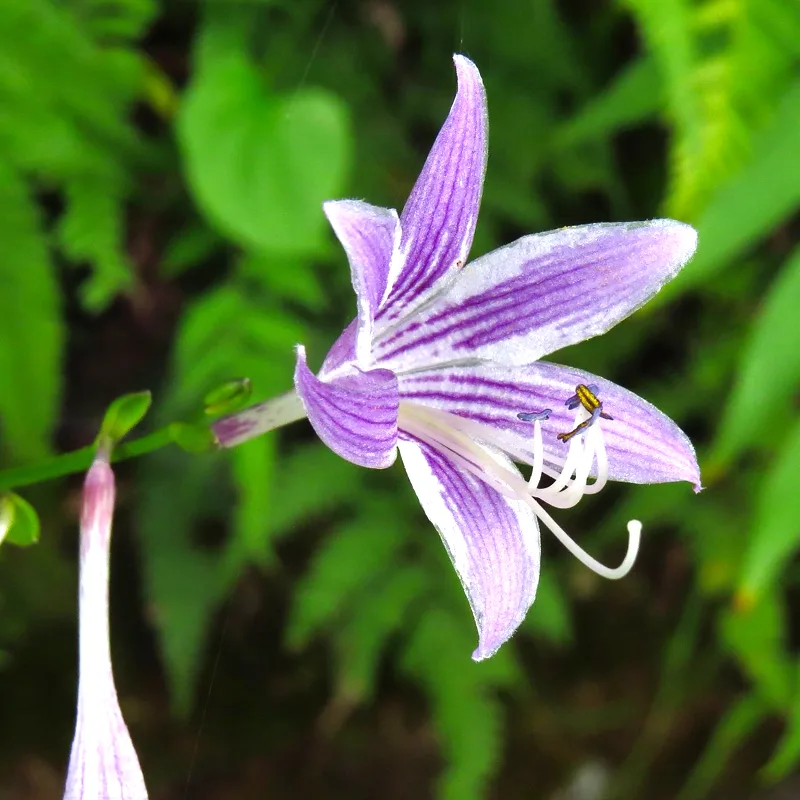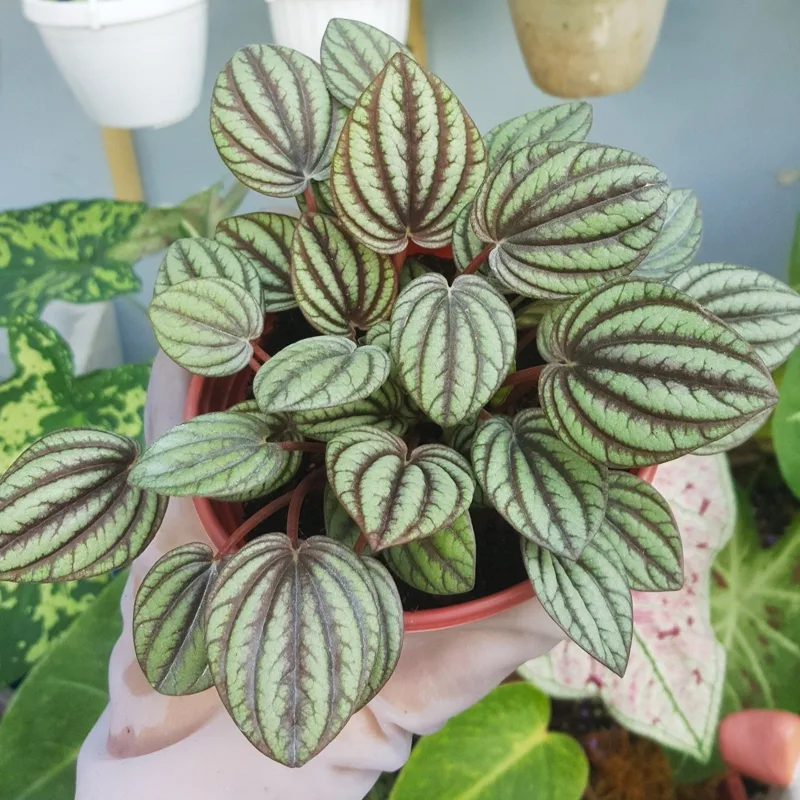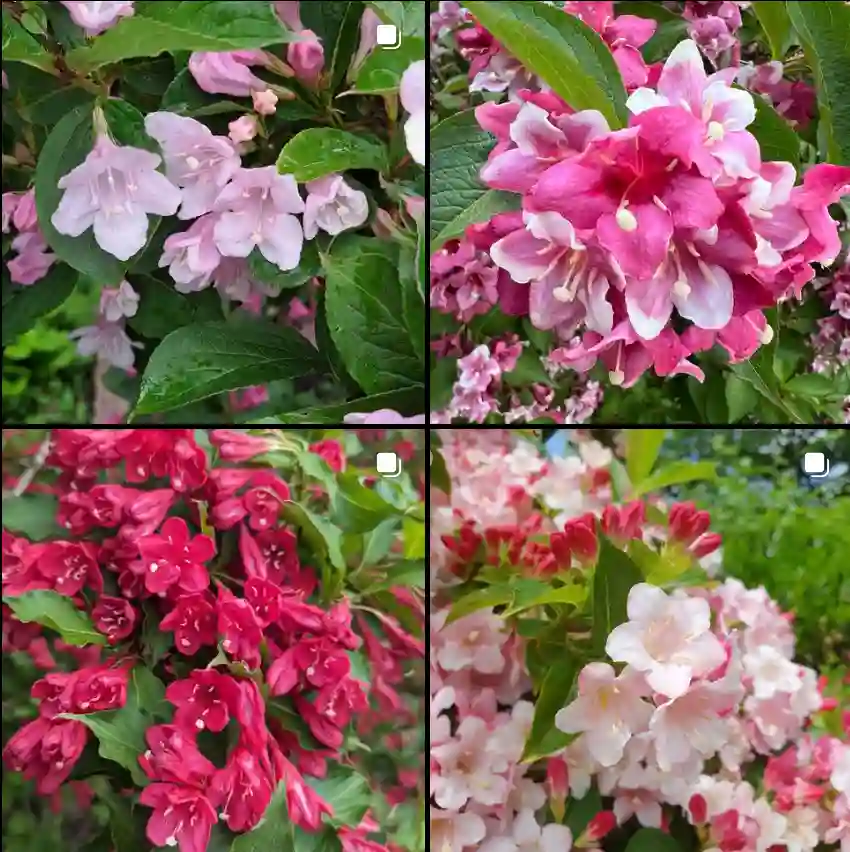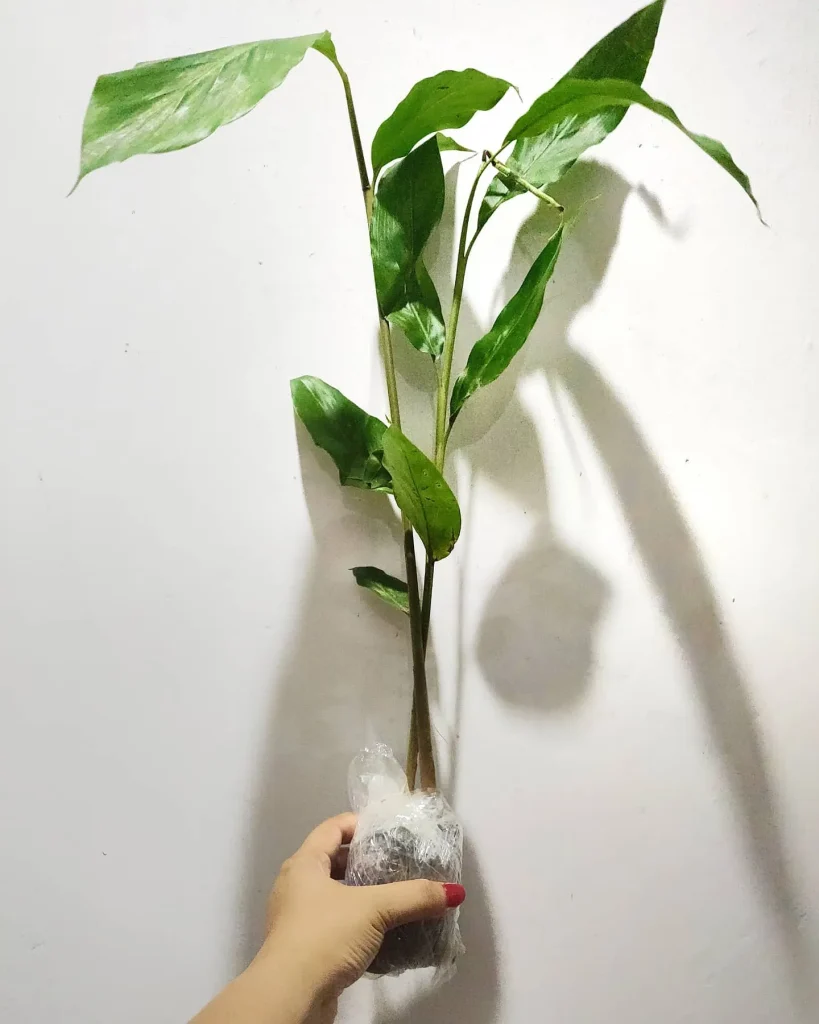Nepenthes Jamban: A Carnivorous Beauty for the Highland Gardener
Hello, fellow plant enthusiasts! I’m Ferb Vu, and today we’re diving into the fascinating world of the Nepenthes Jamban. This unique pitcher plant, endemic to the highlands of Sumatra, boasts not just stunning aesthetics but also a captivating predatory nature.
If you’re considering adding a Nepenthes Jamban to your collection, buckle up! This FAQ will equip you with everything you need to know to keep this exotic beauty thriving.
Plant Family: Nepenthaceae – 207 Species in Genus Nepenthes
What’s in a Name? The Allure of the “Toilet Pitcher”
The name “Nepenthes Jamban” might raise an eyebrow. In Indonesian, “jamban” translates to “toilet.” This quirky moniker comes from the plant’s upper pitchers, which take on a distinctive, almost bowl-like shape. But don’t be fooled by the name! The Nepenthes Jamban’s pitchers are anything but wastebaskets. They’re cleverly designed traps for unsuspecting insects.
A Highland Native: Mimicking Mountain Climates
The Nepenthes Jamban hails from the cool, misty heights of the Barisan Mountains in northern Sumatra. It thrives in upper montane mossy forests and stunted scrub, typically between 1800 and 2100 meters above sea level. This translates to a specific set of care requirements to mimic its natural habitat.
Here’s the key takeaway: think cool and humid. Daytime temperatures should ideally range from 71-79°F (22-26°C), with nighttime dipping down to 53-61°F (12-16°C). Aim for a significant day-night temperature difference of at least 15°F (8°C).
Pro tip: If you live in a warmer climate, consider a terrarium setup to provide the necessary cool and humid microenvironment.
Simulating the Mountain Mist: Humidity Matters
Nepenthes Jamban thrives in high humidity, mimicking the perpetually moist conditions of its mountain home. Aim for a consistent humidity level of 70% or above. Here are some ways to achieve this:
- Grouping plants: Cluster your Nepenthes Jamban with other humidity-loving plants to create a microclimate.
- Pebble tray: Place your pot on a tray filled with pebbles and water. As the water evaporates, it will increase humidity around the plant.
- Humidifier: For ultimate control, invest in a humidifier to maintain consistent moisture levels.
Watering Wisely: Finding the Nepenthes Jamban’s Sweet Spot
While Nepenthes Jamban enjoys consistent moisture, avoid soggy soil. Use a well-draining potting mix specifically designed for carnivorous plants, often containing ingredients like sphagnum moss and perlite. Water deeply when the top inch of the medium dries out.
Remember, these plants are adapted to nutrient-poor mountain soils. Don’t overfertilize! If you choose to provide a feeding boost, opt for a diluted orchid fertilizer applied very sparingly.
Light Matters: Mimicking Mountain Sunlight
Nepenthes Jamban requires bright, indirect sunlight. Avoid harsh midday sun, which can scorch the leaves. A shaded south-facing window or filtered light from a grow lamp are ideal options.
Nepenthes Jamban vs. Nepenthes Lowii
Nepenthes Jamban is often compared to its close relative, Nepenthes Lowii. Both are stunning highland Nepenthes with captivating pitcher shapes. Here’s a quick breakdown of the key differences:
- Size: Nepenthes Jamban tends to be a bit smaller than Nepenthes Lowii, with pitchers reaching up to 2.3 inches (5.8 cm) compared to Nepenthes Lowii’s potential for 3.1 inches (8 cm) pitchers.
- Coloration: Nepenthes Jamban’s pitchers often boast vibrant reds and oranges, while Nepenthes Lowii leans more towards greens and yellows.
- Temperature tolerance: Nepenthes Jamban might be slightly more cold-tolerant than Nepenthes Lowii.
Ultimately, both are fantastic choices for highland Nepenthes enthusiasts. The specific cultivar and your personal aesthetic preference can guide your decision.
Beyond the FAQs: The Reward of a Thriving Nepenthes Jamban
Growing a Nepenthes Jamban is an enriching experience. Witnessing its unique pitcher traps and the occasional captured insect adds a touch of the extraordinary to your plant collection. With the right care, this captivating carnivorous beauty will reward you with years of fascinating foliage and captivating insect-catching displays.
If i die, water my plants!



